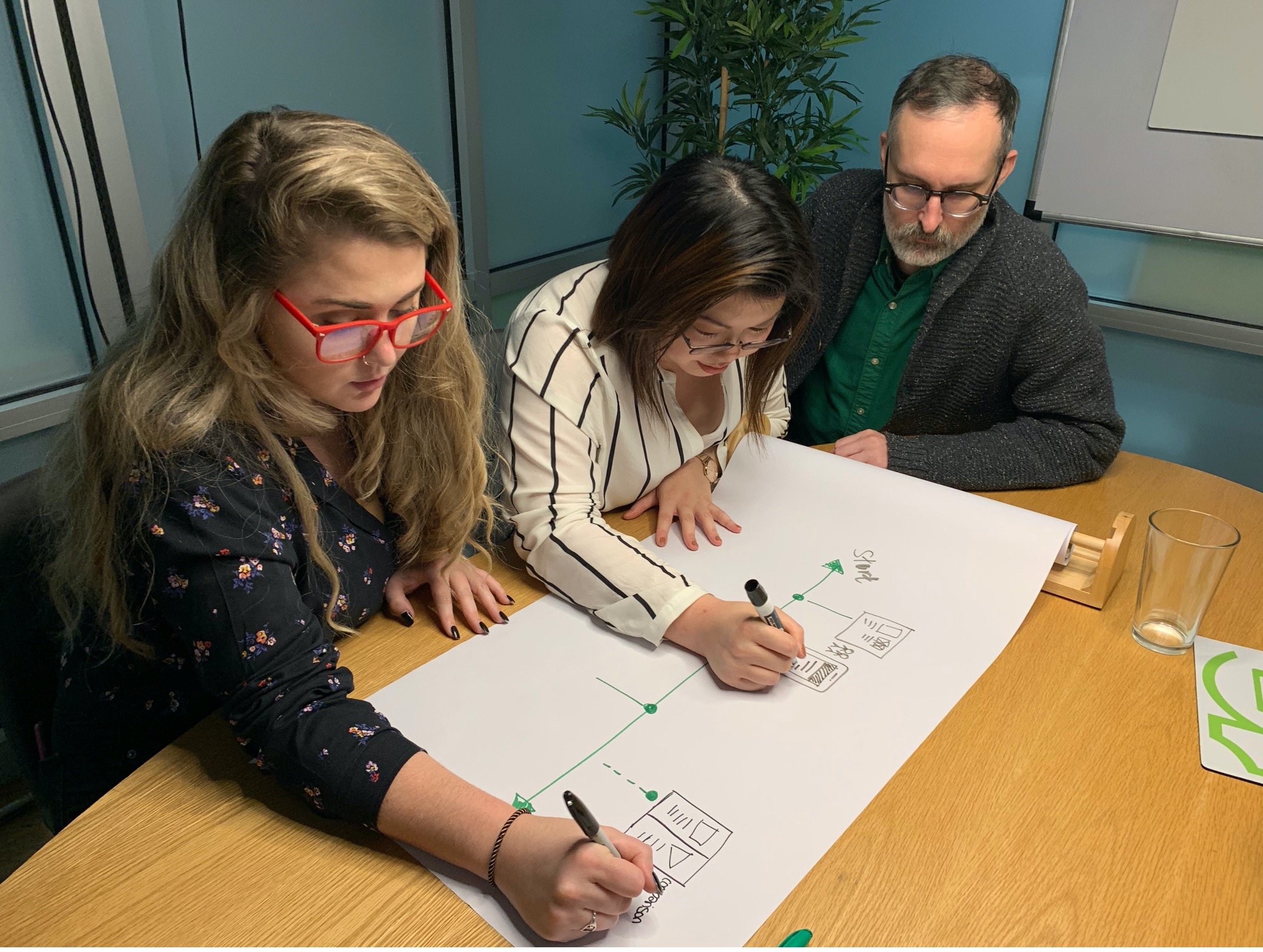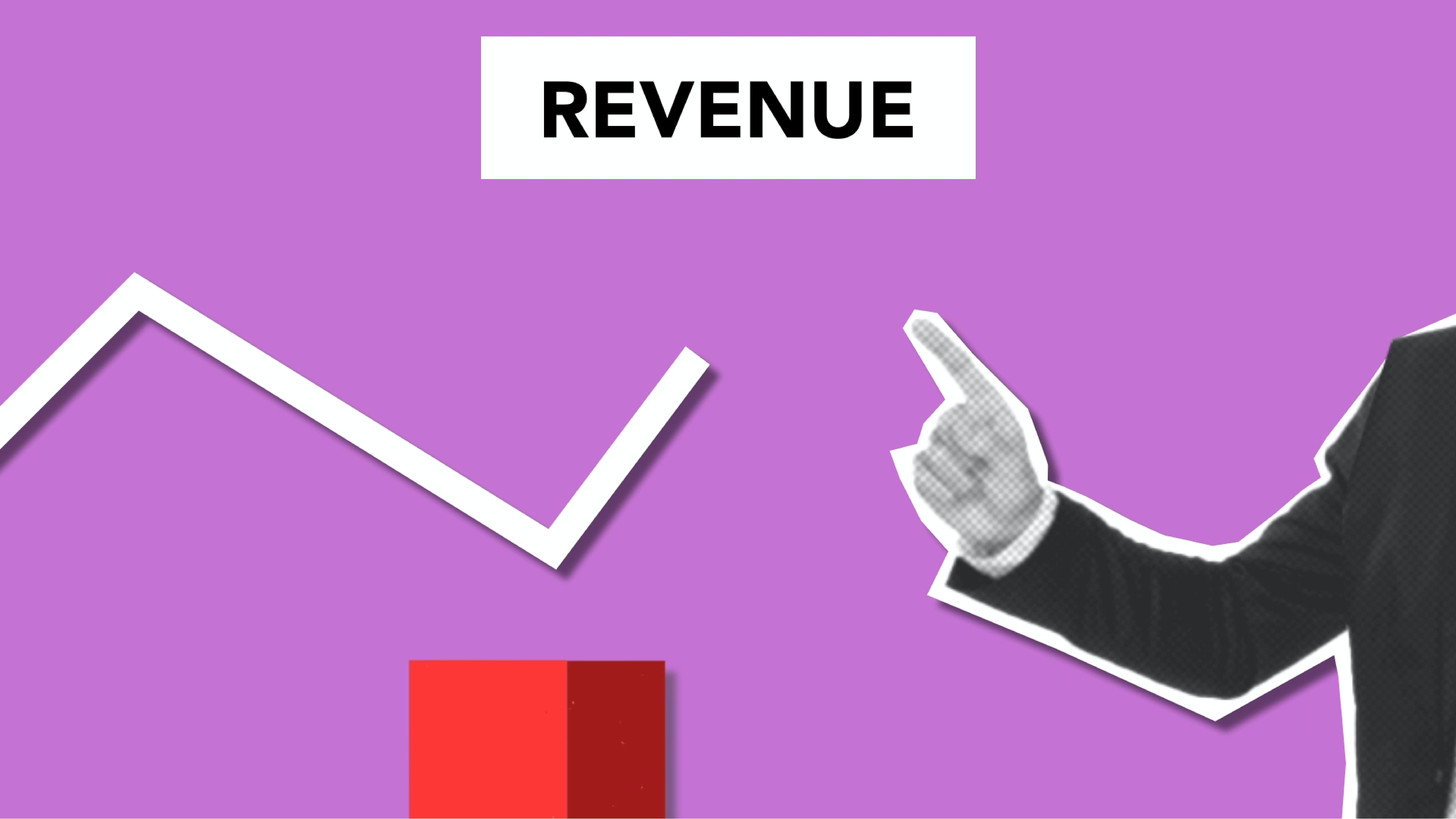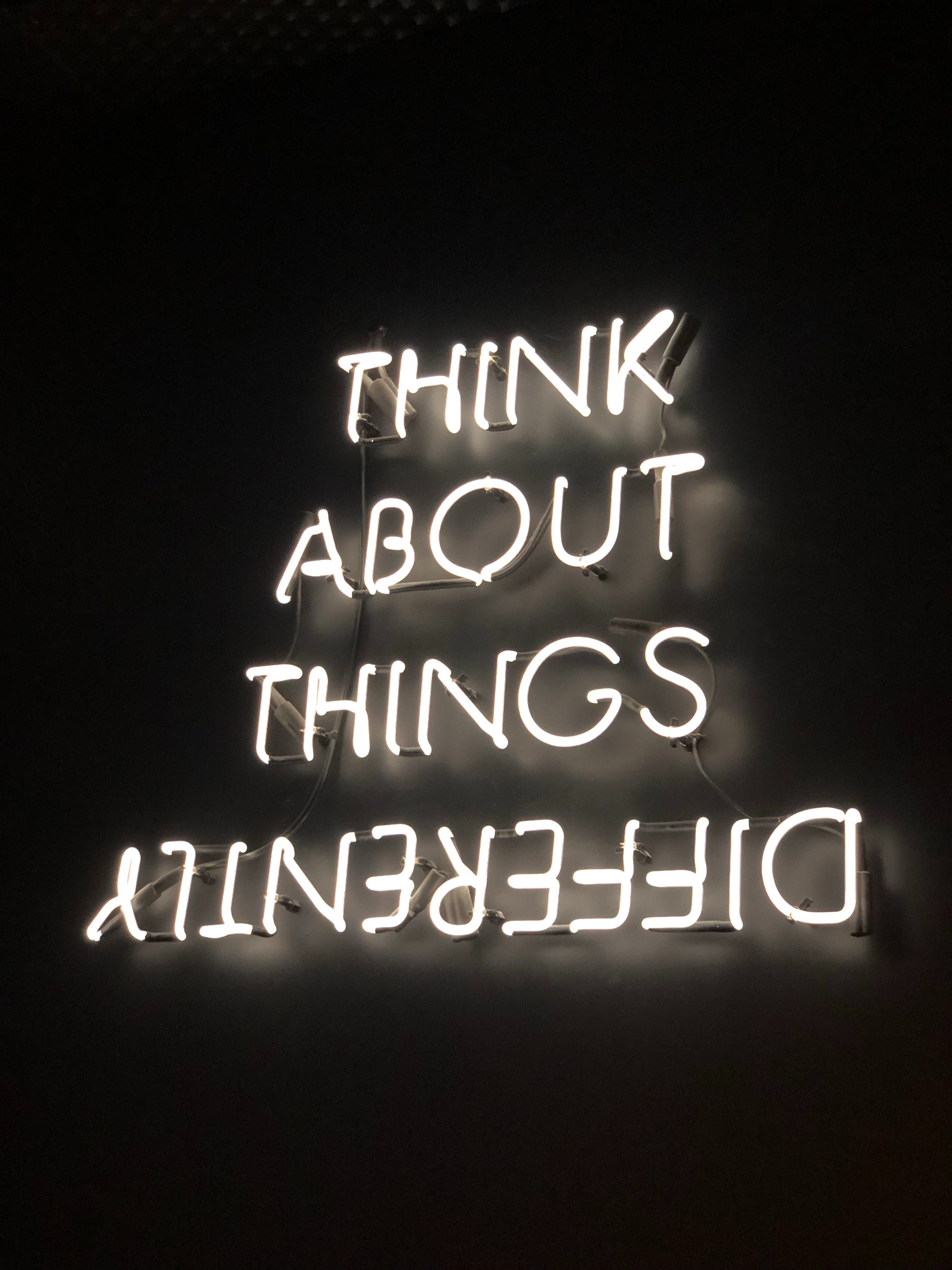
Pretty much everyone in the UX industry has come across a customer journey map at some point or another. A customer journey map is a useful tool that helps to outline the customers’ journey, from start to finish. It covers the customer's initial contact with the product, through their process of engagement and even covering longtime usage. Customer journey maps help provide useful insight into a user’s feelings, motivations, and questions when interacting with that product. Customer journey maps are usually carried out in similar ways and then presented as an infographic. However, there is a new and innovative take on the customer journey map that can offer ingenious insights into the customers’ journey and can help to create a brand new experience.
The model of customer journey mapping that we are all pretty familiar with is referred to as current-state journey mapping. Current-state journey mapping largely focuses on identifying and problem-solving the various pain points that exist throughout the customer journey, from initial contact to repeated use. This process draws largely on customers’ as we know them: relying on their existing behaviors, thoughts, and emotions. The goal is to outline the customer's experience and modify it so that it can better fit the customers’ needs and wants.
More recently, people have turned their attention away from current-state journey mapping to future-state journey mapping. Unlike current-state journey mapping, future-state journey mapping focuses on creating new experiences for the user, rather than repairing existing ones. It focuses on unlocking new areas of customer interaction and value, rather than highlighting pain points or areas of difficulty. This doesn’t mean that current-state journey maps are now rendered useless; current-state journey mapping is used as valuable input when creating future-state journey maps. As implied by the usage of the word “future”, future-state journey mapping is all about moving forward and creating new journeys for the customers.
This might all sound confusing, so here is a breakdown of the ways in which current-state journey mapping and future-state journey mapping differ from each other:
Current-State Journey Map:

- Used to document and get a shared organizational understanding of the customer experience end-to-end
- Focused on current customer interactions
- The foundation for building a current-state journey map is collected Data
- They are fact-based
- Helps map customer perceptions
- Allows for incremental improvements of customer experience
Future-State Journey Map:
- The goal is to create new customer values and experiences
- Helps explore customer expectations
- Driven by creativity and innovation as opposed to data
- Can be used to uncover new opportunities to enhance the customer experience
- Rather than relying on objective data, allows room for subjective interpretations
- Includes customer desires and hopes, rather than just their experiences
Future-state journey mapping offers a new, fresh and innovative take on our traditional current-state journey mapping. Current-state journey mapping is still a very useful tool, and as mentioned earlier, can greatly help to inform a future-state journey map. Future-state journey mapping is more focused on creating an entirely new experience for customers, rather than working to improve an old one. Future-state journey mapping is all about moving forward and creating unique and exciting new experiences for our customers.
Read also: How To: Future-State Journey Map
READ MORE: Customer Journey Map: AI Edition, 11 Tips to Develop Your User Empathy Journey Map, 3 Tips to Activate the Innovative Side of Your Employees, Getting Started With Customer Journey Mapping









Comments
Add Comment